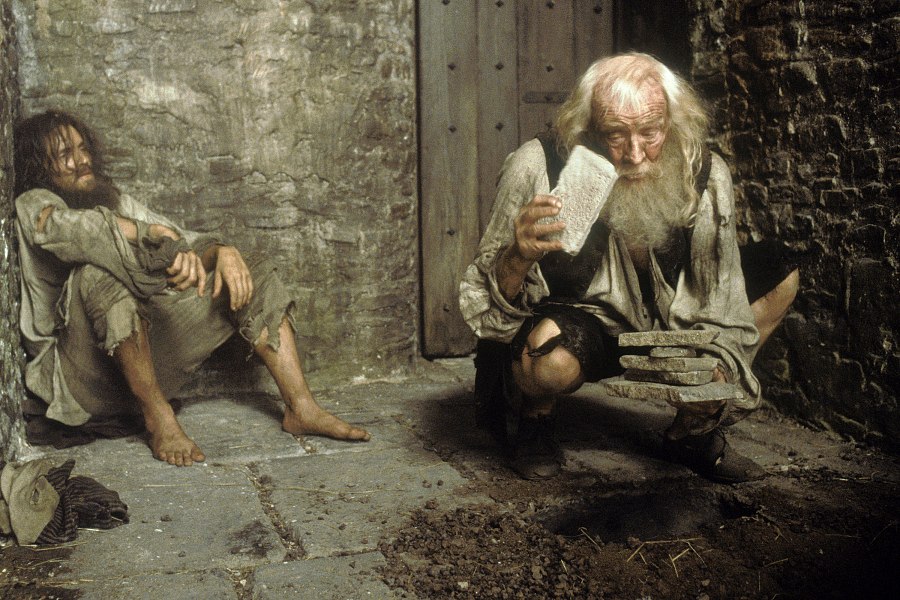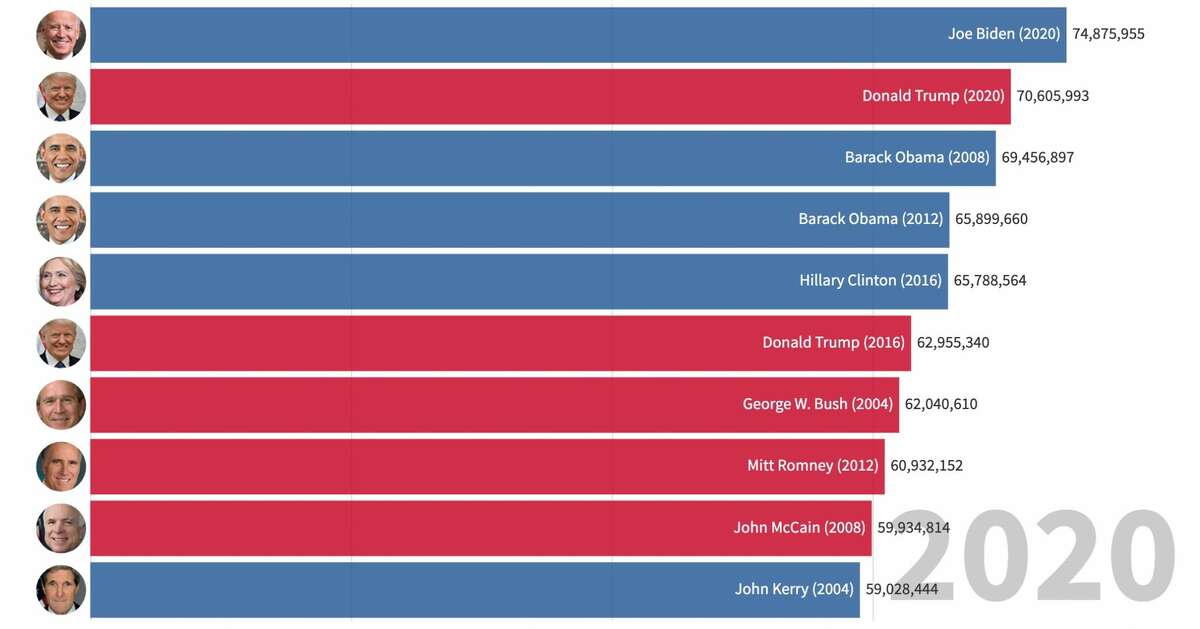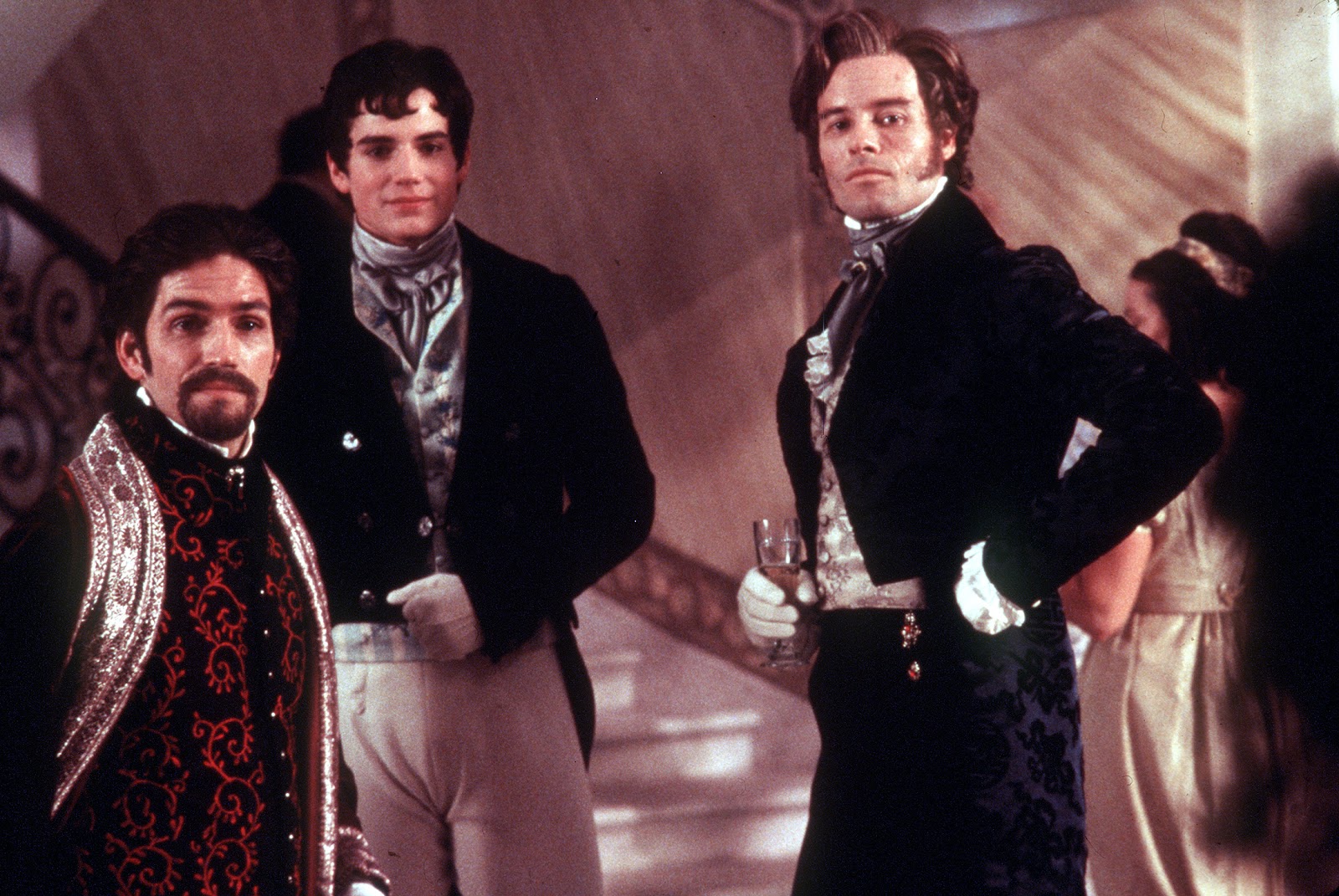Re-examining The Count Of Monte Cristo: A Contemporary Review

Table of Contents
Enduring Themes of Revenge and Justice
Edmond Dantès's quest for revenge forms the very heart of The Count of Monte Cristo. His journey, from wrongly imprisoned sailor to wealthy and influential Count, is a compelling exploration of the human capacity for both good and evil. Is his meticulously planned revenge justified? Does it ultimately bring him happiness? The novel presents a complex and morally ambiguous answer.
-
Examination of the moral ambiguity of revenge: Dumas doesn't shy away from depicting the brutal consequences of Dantès's actions. While we sympathize with his suffering and initial desire for retribution, the increasingly elaborate and destructive nature of his revenge raises serious ethical questions. Is an eye for an eye truly justice, or does it simply perpetuate a cycle of violence? The novel forces us to confront these difficult questions.
-
Comparison of Dantès's actions with modern concepts of justice: Compared to modern judicial systems with their emphasis on due process and rehabilitation, Dantès's actions appear extrajudicial and arguably unlawful. However, the novel also highlights the flaws and injustices within the legal systems of his time, suggesting that sometimes, personal justice is the only recourse for the wronged. This contrast adds layers of complexity to the narrative.
-
Analysis of the cycle of revenge and its consequences: The novel masterfully illustrates the devastating consequences of seeking revenge. Dantès's actions not only affect his enemies but also those close to him, creating a ripple effect of suffering that ultimately questions the true cost of vengeance. This exploration of the cycle of revenge remains strikingly relevant in today's world.
The novel's exploration of justice versus vengeance extends beyond Dantès's personal quest. It contrasts the often corrupt and inefficient legal system of 19th-century France with the idealized concept of true justice. This comparison invites readers to consider the complexities of justice within their own societies and question whether the formal legal systems always deliver true justice.
The Power of Narrative and Storytelling
Dumas's mastery of storytelling is undeniable. The Count of Monte Cristo is a sprawling epic, yet Dumas maintains a captivating pace and keeps the reader engaged throughout its lengthy narrative.
-
Discussion of the pacing and structure of the novel: The novel's structure, influenced by its original serialization, creates a sense of anticipation and excitement. Each chapter builds on the previous one, leaving the reader wanting more, much like a modern-day cliffhanger series.
-
Analysis of the use of foreshadowing and dramatic irony: Dumas expertly uses foreshadowing and dramatic irony to build suspense. The reader is often aware of information that the characters are not, creating moments of tension and anticipation. This technique keeps the reader actively involved in unraveling the plot alongside the characters.
-
Exploration of the development of characters and their motivations: The novel boasts a rich cast of characters, each with their own complex motivations and backstories. Dumas's character development is nuanced and insightful, allowing readers to empathize with even the antagonists, understanding the factors that shape their actions.
Comparing Dumas's style with modern storytelling methods reveals surprising similarities. While the pacing and structure may differ, the core elements of compelling characters, dramatic tension, and a satisfying narrative arc remain consistent. The serialized nature of the original publication influenced the episodic structure, which mirrors the structure of many contemporary TV series.
Contemporary Relevance and Social Commentary
Despite its 19th-century setting, The Count of Monte Cristo resonates deeply with contemporary audiences. Its exploration of social inequality, betrayal, and ambition remains strikingly relevant.
-
Discussion of the themes of classism and social mobility in 19th-century France and their modern parallels: The novel vividly depicts the stark class divisions of 19th-century France, a system that mirrors many societal inequalities present in the modern world. Dantès's journey, from impoverished sailor to wealthy aristocrat, highlights the challenges and complexities of social mobility.
-
Analysis of the relevance of the novel's themes of political corruption and power struggles: The novel's exploration of political intrigue and corruption remains disturbingly relevant. The machinations of power and the abuse of authority depicted in the novel are sadly timeless themes.
-
Exploration of the enduring appeal of the underdog narrative: At its core, The Count of Monte Cristo is the story of an underdog, a wronged man who rises from the ashes to exact his revenge. This enduring narrative resonates with audiences who appreciate stories of resilience, perseverance, and the triumph of the human spirit.
The themes of wealth, power, and social injustice explored in The Count of Monte Cristo continue to resonate with today's readers because the human desire for power, the struggles against injustice, and the consequences of betrayal are universal experiences that transcend time.
The Count of Monte Cristo as a Character Study
Edmond Dantès's transformation is a crucial aspect of The Count of Monte Cristo. His journey from innocent young man to calculating mastermind of revenge is a fascinating exploration of human nature.
-
Analysis of his character arc: Dantès's journey is a compelling study in the corrosive effects of betrayal and the seductive nature of revenge. His transformation from a kind and trusting individual to a cold and calculating figure raises questions about the limits of human forgiveness and the capacity for change.
-
Discussion of his flaws and strengths: Dantès possesses both admirable strengths, such as his intelligence, resilience, and unwavering determination, and significant flaws, such as his tendency towards ruthlessness and his inability to fully escape the cycle of revenge he initiates. This complexity makes him a compelling and relatable character.
-
Examination of his relationships with other characters: Dantès's relationships with various characters are integral to his character development and the overall narrative. His interactions with his friends, enemies, and lovers highlight the complexities of human connection and the enduring impact of betrayal and forgiveness.
Conclusion
Re-examining The Count of Monte Cristo reveals a novel that transcends its historical context. Its exploration of revenge, justice, and the human condition continues to resonate with modern readers. While the settings and social structures may differ, the core themes of betrayal, ambition, and the consequences of our actions remain powerfully relevant. Dumas's masterful storytelling and compelling characters make The Count of Monte Cristo a timeless masterpiece worth revisiting and re-evaluating. Are you ready to delve deeper into this classic and re-examine your own perspectives on The Count of Monte Cristo? Start reading (or re-reading) today!

Featured Posts
-
 Comparing Canelo And Crawford Has Boxing Evolved Since Mayweather
May 05, 2025
Comparing Canelo And Crawford Has Boxing Evolved Since Mayweather
May 05, 2025 -
 Popular Vote Winners Disqualified Gonzalez And Salzer Elected Sg President And Vice President
May 05, 2025
Popular Vote Winners Disqualified Gonzalez And Salzer Elected Sg President And Vice President
May 05, 2025 -
 The Count Of Monte Cristo A Review For Modern Audiences
May 05, 2025
The Count Of Monte Cristo A Review For Modern Audiences
May 05, 2025 -
 Berlanga Scores Stunning Knockout Victory
May 05, 2025
Berlanga Scores Stunning Knockout Victory
May 05, 2025 -
 The Buzz Around Westbrook Nba Fans React To His Nuggets Warriors Appearance
May 05, 2025
The Buzz Around Westbrook Nba Fans React To His Nuggets Warriors Appearance
May 05, 2025
Latest Posts
-
 Canelo And Benavidez A Potential Mexican Boxing Clash That Never Materialized
May 05, 2025
Canelo And Benavidez A Potential Mexican Boxing Clash That Never Materialized
May 05, 2025 -
 Max Verstappen Welcomes Baby Focus Shifts To Miami Grand Prix
May 05, 2025
Max Verstappen Welcomes Baby Focus Shifts To Miami Grand Prix
May 05, 2025 -
 Max Verstappen Fatherhood And Formula 1 Miami Grand Prix Update
May 05, 2025
Max Verstappen Fatherhood And Formula 1 Miami Grand Prix Update
May 05, 2025 -
 Terence Crawfords Challenge Overcoming The Size Disparity Against Canelo
May 05, 2025
Terence Crawfords Challenge Overcoming The Size Disparity Against Canelo
May 05, 2025 -
 Is Canelo Ducking Benavidez Analyzing The Reasons Behind A Potential Avoidance
May 05, 2025
Is Canelo Ducking Benavidez Analyzing The Reasons Behind A Potential Avoidance
May 05, 2025
